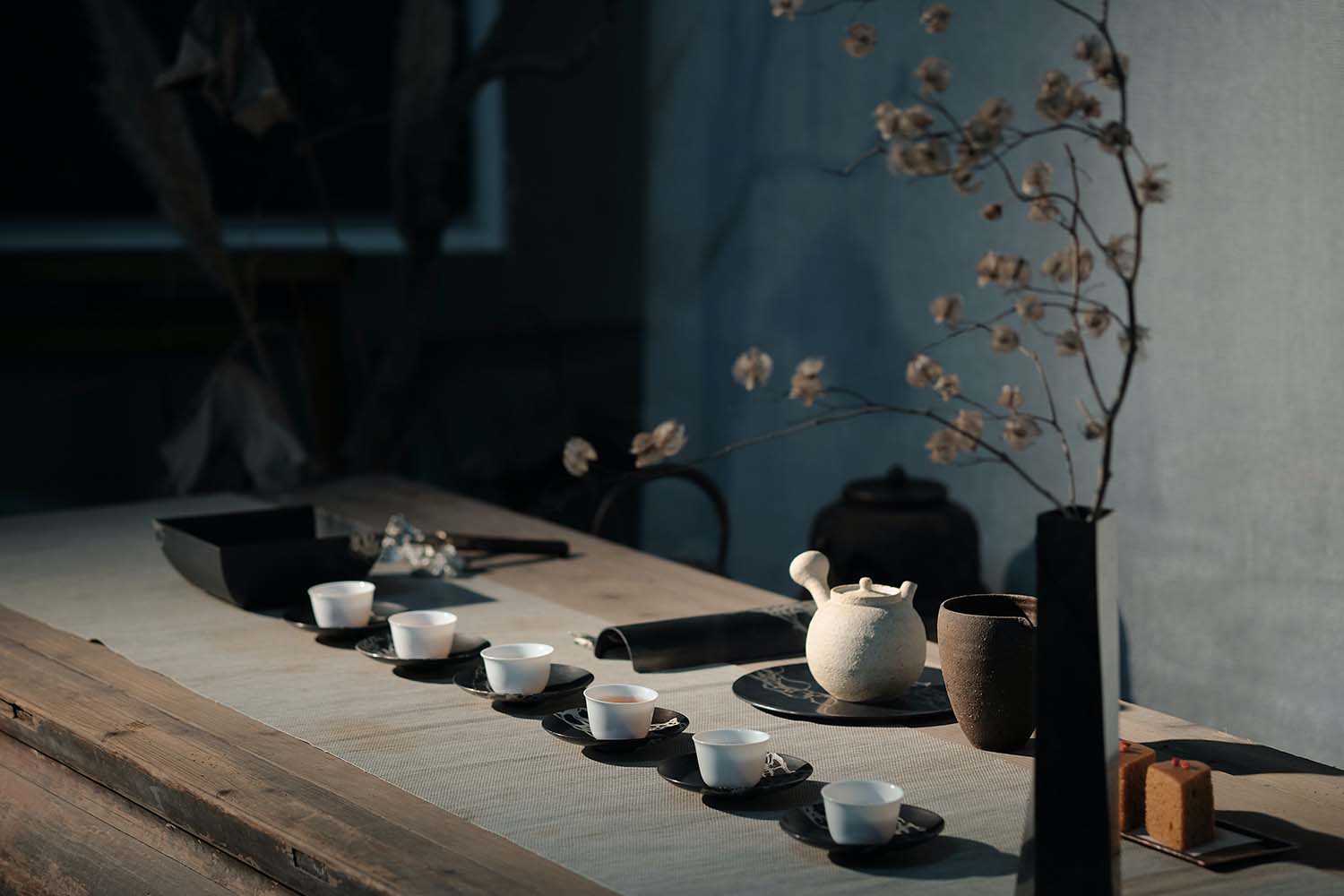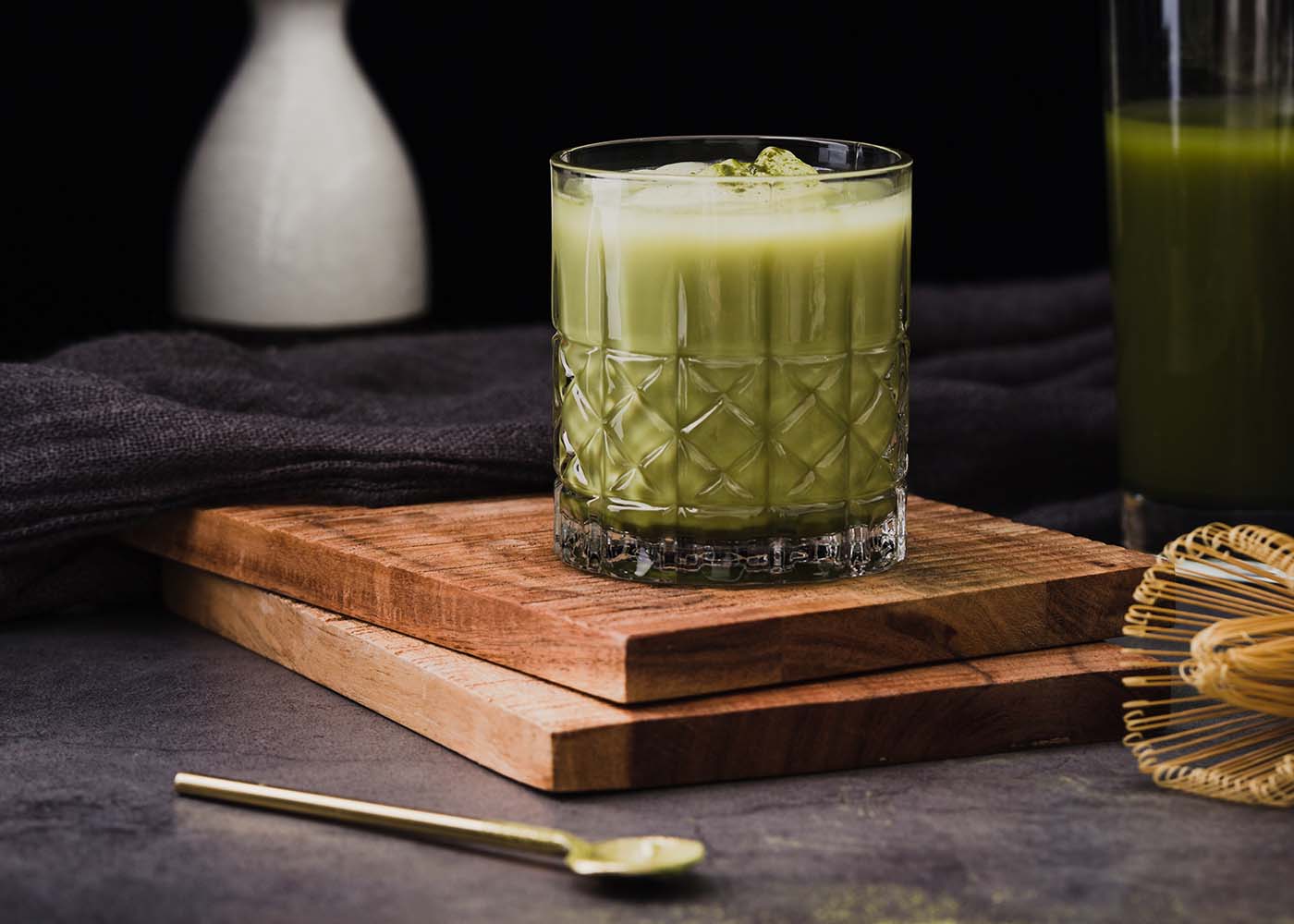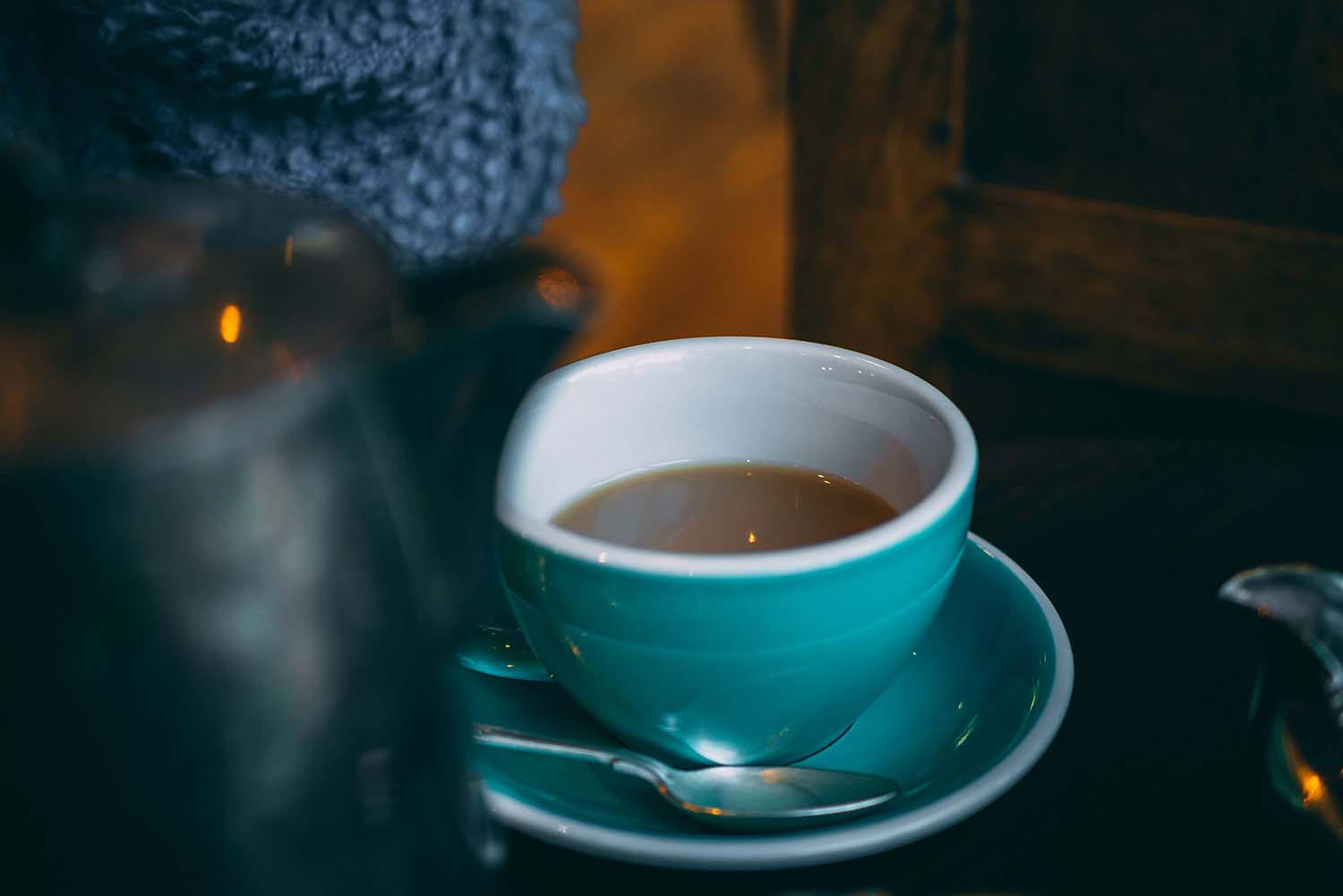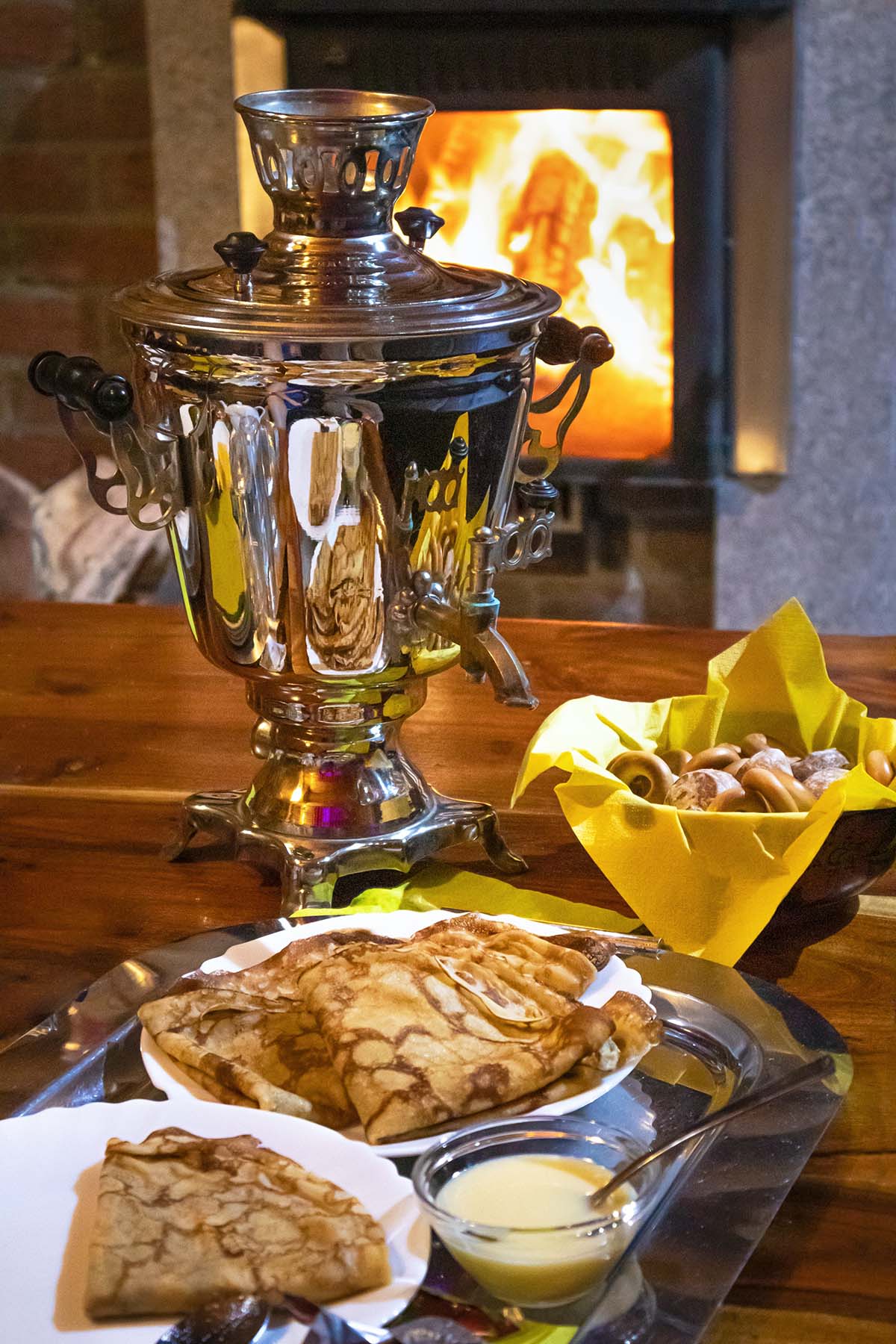What makes the earth go round and the days go by? Tea, of course, a beverage that unites and gathers people all over the world. And it is so much more than just a simple beverage. For the past 2,000 years, the wild camellia sinensis plant from the eastern Himalayas has conquered and ruled the planet.
The drink has changed cultures and people’s way of life. It has contributed greatly to cultural exchange and trade between continents, it has even been a contributing factor to internationalisation and not least, it has improved human health. Tea has simply changed the way we live. Although tea has its roots in China, today we have different types of tea culture on all continents.
In the article below, we learn some interesting facts about the art of tea tradition in all corners of the world…

Photo, 五玄土 ORIENTO.
China’s Cha Dao
It was in China that tea was consumed for the first time. And no other country has such a long tea culture. For the Chinese people, tea is the definition of life. For the rest of the world, it took several thousand years to catch up. The country boasts of the largest variety of tea, both flavoured or not. Cha Dao is a term describing the art of making tea, something that Japan learned from China as a valuable addition to their culture.
A big difference between the Chinese and others different types of tea culture is that here one can find high-quality tea for a good price. The variation of flavours that has arisen in this country has been driven by curiosity. In China, they like to add jasmine flowers, chrysanthemums, and, for example, lychee fruit to their tea. One of the most consumed teas in China today is white tea, the popular oolong tea varieties, black tea, among others, which have maintained popularity for thousands of years.

Photo, Mae Mu.
Japan’s Way of Drinking Tea
It took about 2,000 years from the time people started drinking tea in China before tea found its way to Japan. It was a monk named Eichū who brought tea to Japan in the 10th century. The tea went hand in hand with the Buddhist religious practice.
It was mainly the nobility and other dignitaries who drank it. However, this made tea popular among ordinary people. Today Japan has a rich tea culture that is characterised by cast-iron jugs to heat the water and really strong green tea to invigorate the senses.
These days Japan has a flourishing tea tradition that revolves around drinking green tea. By far the most common type of tea in the Japanese archipelago is called sencha, which means ‘steamed tea’.
Another Japanese specialty is matcha, a type of green powdered tea, which is used for the tea ceremony. A tea ceremony in Japan is basically about achieving harmony by drinking tea together through a series of symbolic acts, to be present and focused on what is happening and what you are experiencing.
Depending on the tea ceremony in Japan you visit, they will all look a little different. However, overall, they all have some common rules. A Japanese tea ceremony is an exciting experience you will not forget. And it is also an important part of the country’s culture.

Photo, Matt Seymour.
Britain’s Afternoon Tea
The British drink tea several times a day. But traditional afternoon tea is a big part of its culture. The most common type is English Breakfast Tea, which is a robust black tea with a strong taste that goes well with sugar and milk. The tea is a blend of different black teas from several regions and countries and the mixture can vary between different producers.
The most common blends contain Assam tea from India, Ceylon tea from Sri Lanka, Kenyan tea and if it is a slightly more exclusive tea, it may also contain Keemun from China. In the UK there is even a tea association where you can see general statistics on British tea drinking.
Turkish Teatime
If you ever plan on visiting Turkey, you will surely notice how central tea is to Turkish culture. In Turkey, you can see people of all ages drinking tea. It’s not only for breakfast but also at work meetings, in parks, on the streets, practically everywhere. The drink has been extremely important to the country since it made its debut in the 16th century.
But it took a few more centuries before it consolidated its position as a national drink. At the end of the 19th century, this hot beverage began to be consumed in large quantities among the population. And today it is bigger than ever, not only for social life but also for the country’s economy, and it is not so strange considering the large quantities purchased daily in all stores.
Turkish tea is not served in the same way as we may be used to. That is what makes different types of tea culture so interesting. The drink is prepared in a special double jug. In it, the water is boiled in one part of the jug, and the tea itself is poured into the other part. Usually, the tea is drunk from very small tulip-shaped glasses with large amounts of sugar.

Photo, Evgeni Tcherkasski.
Russian Zavarka
The Russians not only have a great love for vodka but also for a hot cup of tea. A significant feature of Russian tea culture is zavarka, which is a concentrated tea brew made especially for the Russian tea drinking ceremony. This tea concentrate is usually made in a small hot teapot called a samovar. Zavarka is served in teacups or in glass with a metal holder, diluted with hot water to fit personal taste. It has been a long Russian tradition to serve tea from a samovar after dinner. This is when the samovar is put on the dinner table and the whole family gathers around for tea.
Parting Thoughts
Food and drink go hand in hand. The cuisine of different countries varies endlessly with flavours and different cooking methods. It is also very interesting to look at the drinking culture of different countries as it says almost as much about a country as the food. And tea is definitely the beverage that deeply connects countries and people from around the world.
After reading about the different types of tea culture around the world, one may conclude that tea is perhaps one of the most important aspects of many countries’ cultures for good reasons.
From China where it was first discovered to the rest of the world, tea has proven its influence by providing health benefits. Also by serving as a crucial part of social events. This has inspired many cultures to create formal tea ceremonies that have persisted for centuries.








